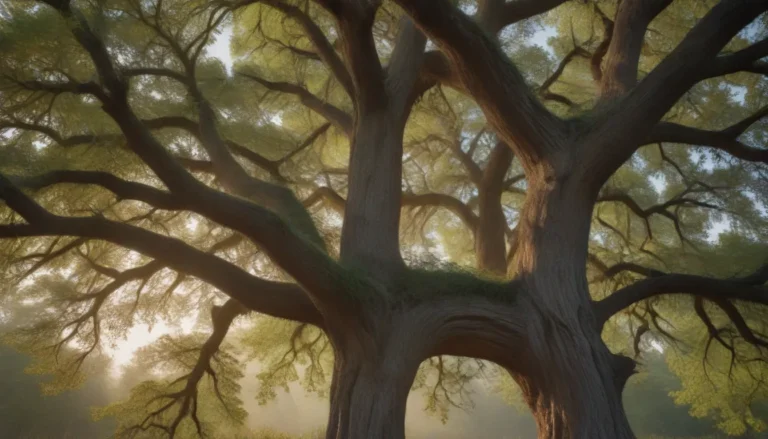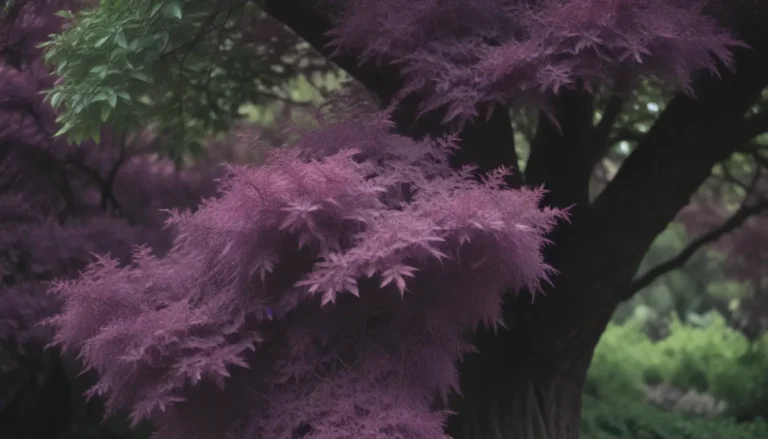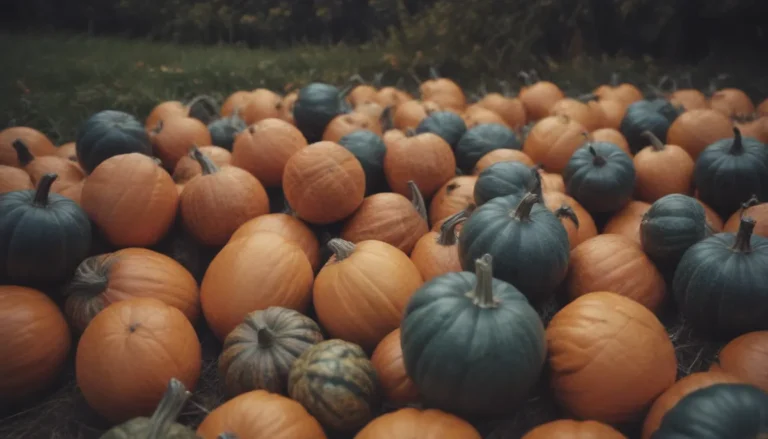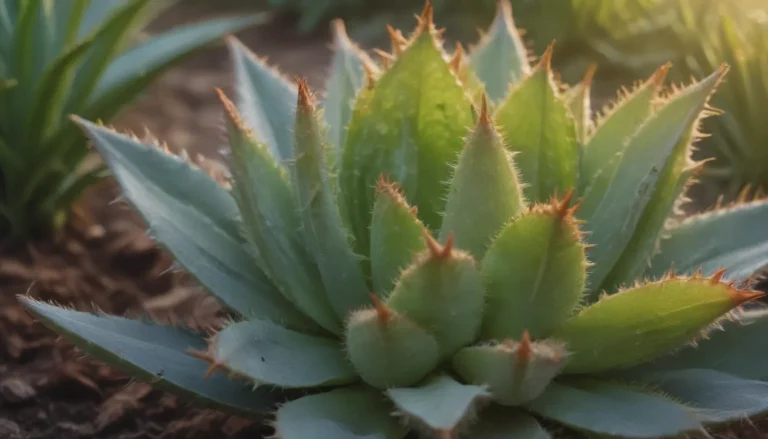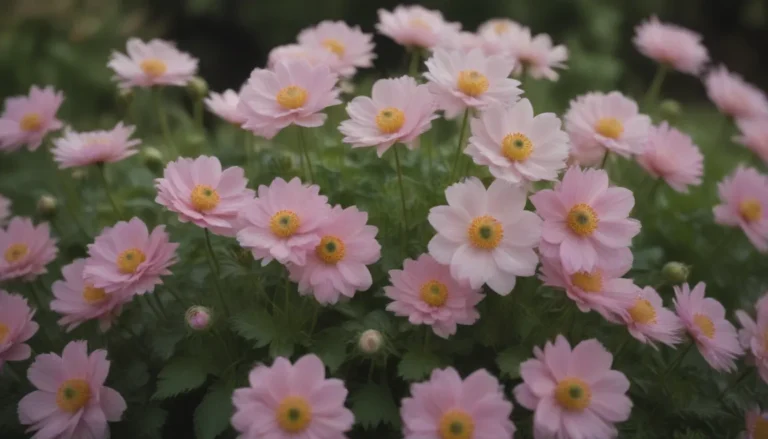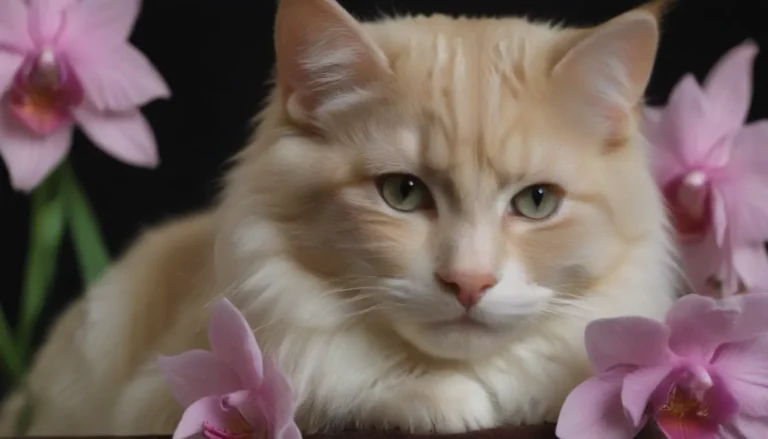The Ultimate Guide to Harvesting and Utilizing Sunflower Seeds

Sunflowers are more than just a beautiful addition to your garden; they are also a versatile plant that produces edible seeds. Not only are sunflowers a treat for the eyes, but they also attract various pollinators and beneficial garden creatures. In addition, growing sunflowers can save you money in the long run because once you have harvested their seeds, you can replant them year after year without having to purchase new seeds or seedlings.
In this comprehensive guide, we will walk you through the process of harvesting sunflower seeds, storing them properly, and replanting them to enjoy the beauty of sunflowers in your garden for years to come. So get ready to roll up your sleeves and get your hands a bit dirty as we dive into the world of sunflower seed harvesting!
Why Harvest Sunflower Seeds
Before we jump into the nitty-gritty of harvesting sunflower seeds, let’s talk about why you should consider saving your sunflower seeds:
- Cost-effective: By harvesting and replanting sunflower seeds, you can save money on buying new seeds or seedlings each year.
- Eco-friendly: Growing your own sunflowers and saving seeds promotes sustainability by reducing waste and dependence on commercially produced seeds.
- Gifts and snacks: Sunflower seeds make great gifts for friends and family who also want to grow their own sunflowers, or you can simply enjoy them as a tasty snack.
Now that you’re convinced of the benefits of harvesting sunflower seeds let’s move on to the practical steps you need to follow.
Harvesting Sunflower Seeds
Harvesting sunflower seeds is a simple process that can be broken down into three main steps:
1. Removing Sunflower Heads for Harvesting
To harvest sunflower seeds, you first need to remove the sunflower heads from the plant. Here’s how you can do it:
- Wait until the sunflower heads have dried out and turned brown.
- Use sharp, clean scissors or pruning shears to cut the sunflower head from the plant, leaving about 4-6 inches of stem attached.
- Alternatively, you can gently twist the sunflower head off the stem if it is easily detachable.
2. Harvesting Seeds
After you have removed the sunflower heads, it’s time to extract the seeds. Follow these steps:
- Place the sunflower head in a container or bucket.
- Using your fingers or a tool, gently rub the sunflower head to dislodge the seeds. You can also shake the sunflower head to encourage the seeds to fall out.
- Continue until all the seeds have been released from the sunflower head.
3. Storing Seeds for Future Use
Properly storing your harvested sunflower seeds is crucial to ensure their viability for future planting. Here’s how you can store them:
- Transfer the dry sunflower seeds to an airtight container.
- Label the container with the sunflower variety (if known) and the date of harvest.
- Store the container in a cool, dark place such as a garage or basement. Properly stored sunflower seeds can last for several years.
Replanting Sunflower Seeds
Once the planting season arrives, you can use the sunflower seeds you harvested to grow new sunflowers. Follow these steps to replant your sunflower seeds:
- Wait until there is no chance of spring frost returning and the soil has warmed to at least 50 degrees Fahrenheit.
- Choose a sunny spot in your garden for planting the sunflower seeds.
- Make small holes in the soil, and place two seeds in each hole.
- Cover the seeds with soil and water gently.
- Watch as your vibrant sunflowers begin to sprout and grow.
By following these simple steps, you can enjoy the beauty of sunflowers in your garden year after year, all while saving money and promoting sustainability in your gardening practices.
Final Thoughts
Harvesting sunflower seeds is a rewarding and cost-effective way to enjoy the beauty of sunflowers in your garden while also benefitting the environment. By following the steps outlined in this guide, you can harvest, store, and replant sunflower seeds with ease. So go ahead, grab those sunflower heads, extract the seeds, and watch as your garden comes to life with these majestic blooms year after year. Happy harvesting!
